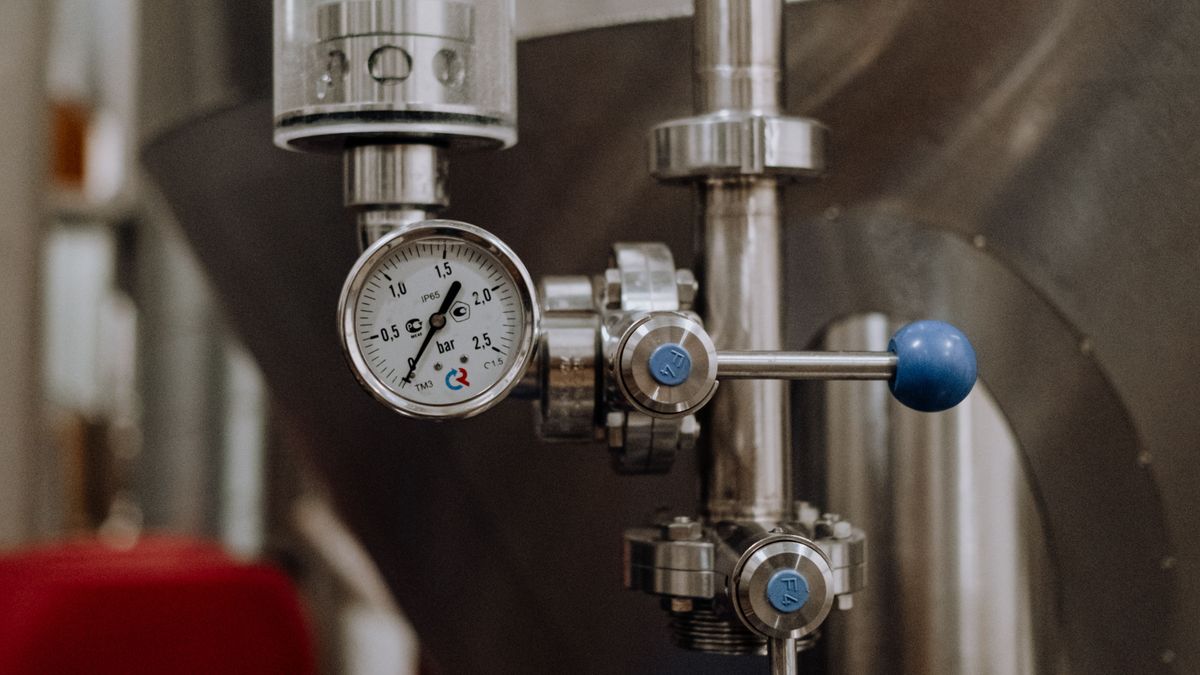The Fermentation Process
Fermented foods and beverages are a part of the human nutrition since the ancient times. Fermented foods and beverages constitute a significant component of human nutrition, dietary supply and calories intake in different parts of the world, especially in developing nations and the Far East.

Fermented foods and beverages are a part of the human nutrition since the ancient times. Fermented foods and beverages constitute a significant component of human nutrition, dietary supply and calories intake in different parts of the world, especially in developing nations and the Far East.
In the West, with the exceptions of bread, cheese, and sausages, fermented foods have largely faded to the side-lines with the advent of modern technologies such as refrigeration.
Those in the food industry know consumers have always chosen to buy foods primarily based on value and taste (Zink, 1997), with the latter being paramount, so in a competitive marketplace, constant innovation based on new tastes is a necessity. From cheese, chocolate, and coffee to beer and kombucha, microorganisms are increasingly being employed as a way to modify taste sensations and yield a variety of unique foods and beverages. Even minor alterations in the microorganisms used and in the processing conditions can produce dramatically different products.
Fermentation of diverse plant and animal substrates by microorganisms and their enzymes provides desirable features, such as post-harvest preservation of perishable food materials, nutritional enrichment, bio-preservative effects and specific health-promoting benefits.
Nevertheless, there is a renewed interest in traditional fermented foods in recent times, mainly driven by the purported health benefits of fermented foods both as vehicles of bacterial cultures and health-promoting metabolites.
Fermented foods are usually defined as “foods or beverages made through controlled microbial growth and enzymatic conversions of major and minor food components” (Marco et al., 2017). The substrates can range from meat and fish to dairy, vegetables, soy beans, cereals, and fruits. Lactic acid bacteria and yeasts are the primary microorganisms that ferment raw materials containing high levels of monosaccharides and disaccharides or starch, with molds and Bacillus being responsible for secondary fermentation.
Interestingly, fermented foods may be working against modern consumers' negative perceptions of processed foods (Reynolds and Kenward, 2016). Processing of a food item by microbes (e.g., rather than a machine or chemical) is seen as more positive: one industry report identified fermented foods as a top product trend of 2016, citing its association with “processing the natural way.” At least one US food science and technology program reported seeing a recent increase in the number of students pursuing undergraduate degree programs, with over 75% embarking on degrees related to fermentation. Interest is reportedly driven by the perceived “greater authenticity” of fermented food products (Despain, 2014).
So nowadays, fermented foods and beverages are consumed not only for nutritional values, wholesomeness or palatability, but importantly for their health beneficial functions. Live microorganisms and/or their metabolites in fermented foods are responsible for various health-promoting properties.
Bioactive peptides, free amino acids and polyphenols, flavonoids, isoflavones and enzymes, which are naturally enriched in fermented foods possess antimicrobial, antihypertensive, antioxidant, anti-diabetic anti-proliferative and anti-thrombosis health benefitting properties.
In addition, exopolysaccharides (EPSs) consumed in fermented foods can serve as prebiotics; they are also metabolized by colon microbiota to produce short chain fatty acids (SCFAs), which stimulate immune responses in the host.
Furthermore, fermented foods contain viable bacterial cultures (probiotic microorganisms) that confer health benefits on the host. In the fermented foods that contain live cultures at the time of consumption, many of the bacterial species either are identical to species that qualify as probiotics or share physiological traits with them (Marco et al., 2017). These bacteria do not meet the definition of probiotics, but they may have “probiotic-like” properties. This could serve to increase consumer perceptions that fermented foods improve health to a larger degree comparing to probiotic supplements.
Fermentation is the breakdown of carbs like starch and sugar by bacteria and yeast and an ancient technique of preserving food. Common fermented foods include kimchi, sauerkraut, kefir, tempeh, kombucha, and yogurt. These foods may reduce heart disease risk and aid digestion, immunity, and weight loss.
Fermented foods are one of the top 10 food trends in 2016 (Riley, 2015), continuing the trend over the last few years. Food companies are responding to this growing trend either by commercializing traditional fermented foods (e.g., kefir and kombucha, whose market value in North America alone were $130 million and $480 million, respectively, in 2014) or developing novel fermented foods based on the traditional ones.
Fermented foods are those foods that have been subjected to the action of microorganisms or enzymes so that desirable biochemical changes cause significant modification to the food (Chacko et al., 2010). Filamentous moulds, yeasts, and bacteria constitute the microbiota in indigenous fermented foods and beverages, which are present in or on the ingredients, utensils, or environment, and are selected through adaptation to the substrate (Tamang, 1998). At present, all human cultures rely on fermented food products and the microbes that produce them (Scott and Sullivan, 2008). Different types of microorganisms are used in the production of different types of foods.
Good quality management is critical to the production of commercial fermented foods; minor variations in parameters like temperature during the manufacturing process could change the strain of bacteria that dominates in fermentation, greatly affecting product consistency (Despain, 2014). And while a minimum guarantee of viable bacteria in the final product is not promised for most fermented foods, special handling is usually required to make sure they reach the consumer in the desired condition.
Traditional Versus Commercial Fermentation
The earliest record of fermentation dates as far back as 6000 BC, long before microorganisms were discovered. Nearly every civilization since has included at least one form of fermented food in its culinary heritage.
In some cases, fermentation is a critical component of food safety beyond preservation. Links between food fermentation and human health have been found as early as ancient Rome and China. As cultures and times have changed over the centuries, so have the ways in which we process and preserve foods through fermentation.
Fermentation can occur either through traditional methods or via industrial production.
Traditional Fermentation and Starter Cultures
Early methods of fermentation occurred in small batches and involved spontaneous fermentation from microorganisms present on raw goods (i.e., vegetables, fruits, milk, meat, and grains) under the proper conditions.
The outcome and taste of the fermented product in traditional fermentation is dependent on the quality and range of microbiota contained in the natural starter culture.
For other fermentation processes, inoculation is necessary and a small sample of a previously fermented product is saved and used as inoculate for new raw material. Referred to as backslopping, this method is still used today in the making of some artisanal cheeses, kombucha, sourdough, and sauerkraut.
Commercial Fermentation and Starter Cultures
While methods of traditional fermentation are still being used in various cultures today, the majority of fermented goods are now produced through large-scale industrial techniques. With the discovery of microorganisms, recent insight into their genetics, metabolism, and interaction with raw material has allowed for the ability to improve products and the process of fermentation by using specifically designed and isolated starter cultures.
Bread, alcohol, and vinegar were among the first to be ‘produced’ from starter cultures in the nineteenth century, later leading to the industrialization of the process. Dairy and meat fermentation followed a century later.
Today, manufacturers of fermented foods can either use highly concentrated ready-to-use starter cultures or propagate the starter culture in factory production. The decision to use one starter culture method over another depends on various factors including economic value, the number of products produced, the degree of automated fermentation, and the level of microbiology expertise. Variations in commercial starter cultures include direct vat inoculates, frozen or freeze-dried cultures, or starter cultures formulated with stabilizer and carrier genes.
Lactic acid bacteria constitute the majority of the volume and value of modern starter cultures. A commercial culture starter with direct inoculation results in the highest level of safety and yield flexibility.




